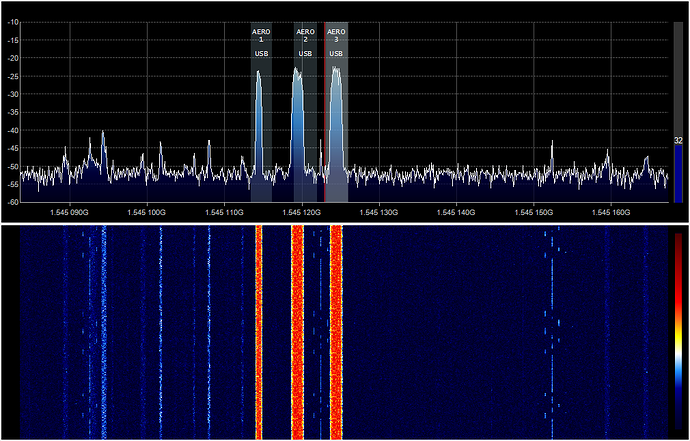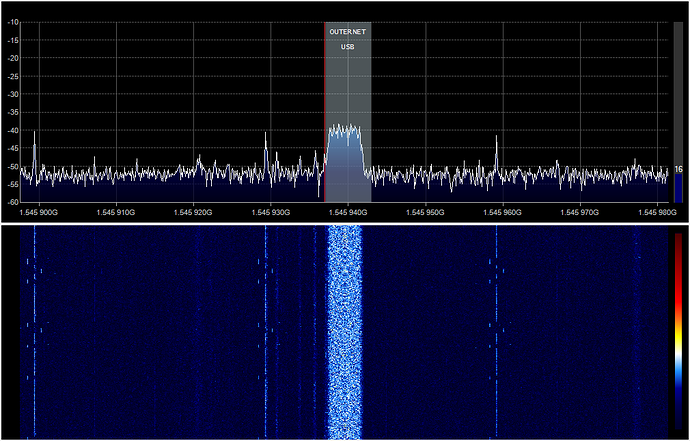Abhishek, is it possible to stop the VM’s screen-saver kicking in? I have inadvertently killed the demod process a couple of times whilst interacting with the VM, which I wouldn’t have to do if the console didn’t go blank.
Regarding the SNR dropouts I reported yesterday, I’m still seeing the same thing and have concluded that its probably not fast-fading due to multipath from passing traffic, as the SNR dropouts don’t seem to correlate with instantaneous traffic or statistically with diurnal variations (though after only one day this conclusion might seem premature).
Nevertheless, I have received 24 items, totalling 2.4 MB, with a PER of 0.0078.
The RSSI doesn’t vary by much when the SNR plummets. The constellation does fall to bits as might be expected (I hadn’t noticed this before as I can’t really look at the SNR and the constellation at the same time). I have reconfirmed that there is no sign of the SNR dropouts using the desktop linux s/w that never showed a state higher than CODE LK and never saw any frames, the SNR was about 9dB as expected, +/1dB and the RSSI matched the VM at -102dBm.
I hooked up my USRP B100/WBX to my discone antenna, with a masthead wide-band preamp that’s good up to 2GHz and observed the spectrum, There was evidence of some fairly low level intermittent broadband noise that could be related.
That said, I generally have severe intermod problems around here. That preamp has a tuneable notch (for 153MHz pager) and a custom made multiple notch filter to cut high power VHF FM broadcast signals, up front to try to avoid intermod from the preamp (which has a convenient remote variable gain control). There are other high power VHF emitters around here, but those are the really problematic ones, that tend to ruin everything. At the moment, the tuneable notch has drifted a bit due to the hot weather and so there is intermod being produced in the masthead preamp.
So it is possible that the L-band kit is either being impacted by the noise I’ve seen (which would then presumably not be due to intermod), or that both the monitor system and the L-band kit are being impacted by intermod.
I shall continue to experiment, and at the weekend will take the laptop out for a walk again and see what results I get with the new VM.
Out of curiosity, can anyone tell me what the stop-band attenuation of the L-band LNA’s SAW filter is in the VHF band?
I suppose intermod generally wouldn’t be a problem for Outernet’s target audience, as if there’s that much RF flying about, there’s quite probably easier options for getting access to information.
Thanks for reading. Sorry for going on a bit 





